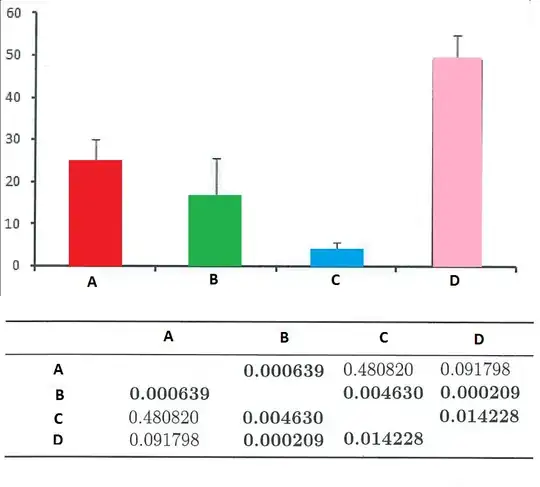I am trying to estimate the user ability (success or fail) using item response theory. So, I am re-implementing an algorithm from this paper but I can not understand the following line:
In the equation, a (discrimination parameter (slope)), b (difficulty parameter), and c (guessing parameter) are estimated using item response theory. i refers to the user, j problem and u refers to the user response.
My question is, should I calculate the Maximum likelihood for each (u,a,b,c) separately, and then calculate the average, or Maximum likelihood need to be calculated for all (u,a,b,c) together.
Thanks
